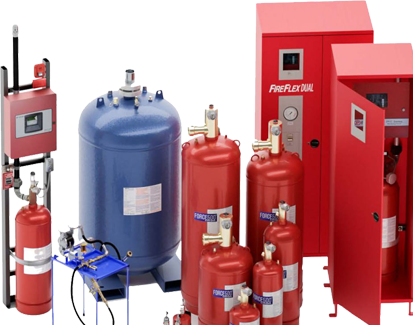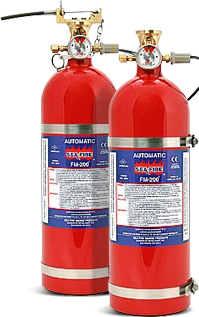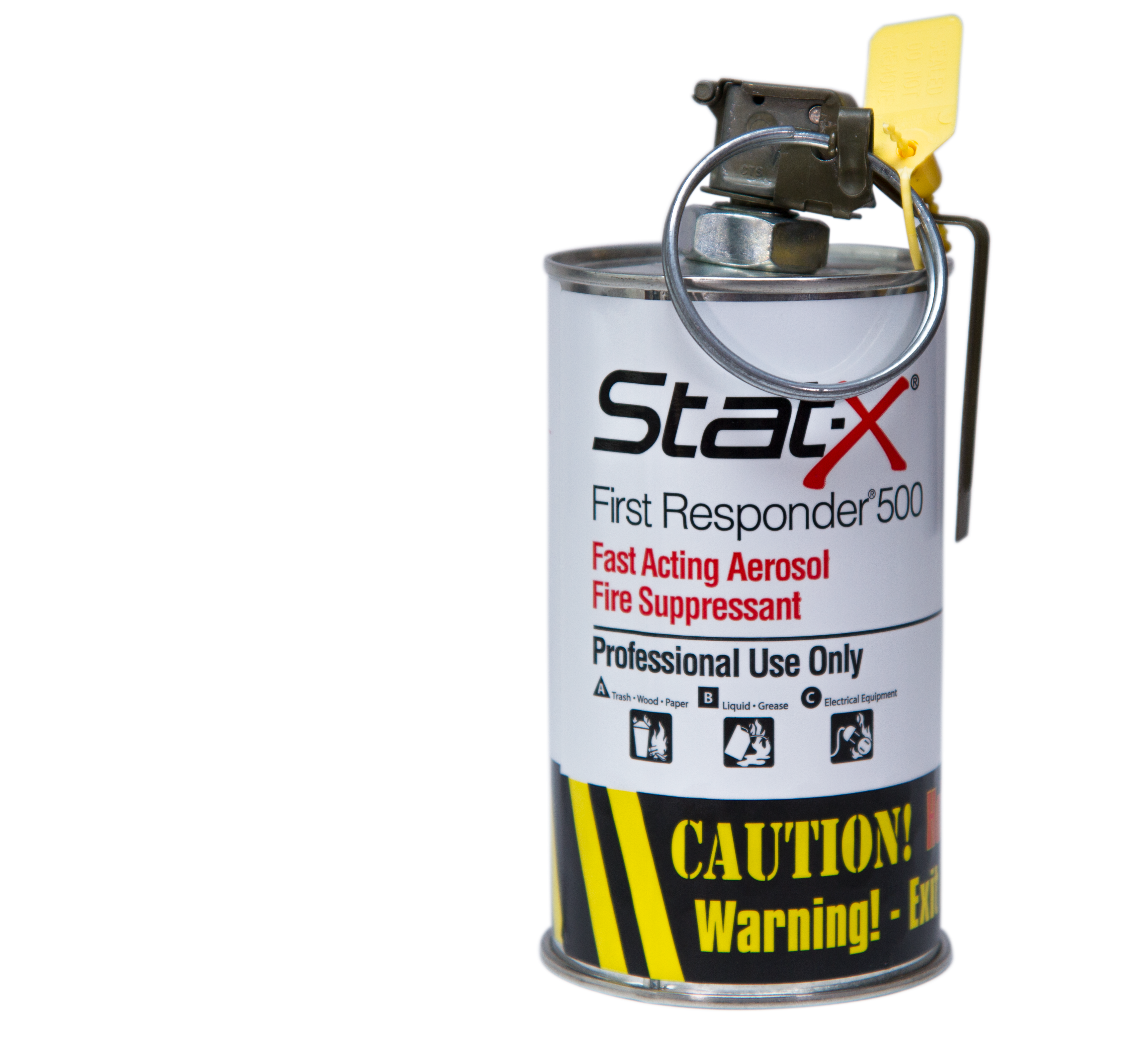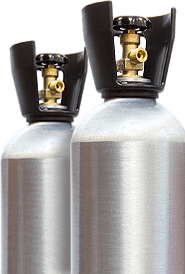How to Ensure Compliance with Fire Safety Regulations

Most jurisdictions institute fire safety regulations in order to maintain compliance with best practices for life safety in both commercial and residential occupancies. Several factors such as building size, the nature of the occupancy, and special considerations for certain high-risk situations affect the codes and regulations.
Understanding Fire Safety Regulations
In Canada, the National Fire Code of Canada 2015, sets out the technical provisions that regulate construction and demolition of buildings, conditions of operating buildings and facilities, the design and construction of facilities, especially in regard to certain recognized hazards.
Explore further
In the USA, Several agencies promulgate fire safety regulations. OSHA (Occupational Safety and Health Administration) and the NFPA (National Fire Protection Association) publish regulations pertaining to life safety and fire safety. Most jurisdictions having authority (JHA) adopt a variety of codes. OSHA regulations are Federally mandated.
One problem is keeping abreast of changes in the many codes that can pertain or that have been adopted locally. It is important for both oversight agencies and business owners to stay up to date on the latest developments in the codes and regulations to ensure compliance and the best life and fire safety possible.
Conduction Fire Safety Assessments
Every business owner knows that conditions and situations change on a daily basis. These changes can have unintended consequences that compromise an otherwise sound fire safety plan. Regular fire safety assessments can identify changes that may become potential fire hazards and put your personnel and your facilities at risk.
Many insurance companies will work with you to conduct such assessments. A basic fire safety assessment has several steps.
- Identify all potential hazards in your facilities
- Assess your personnel to determine who might be at risk in the event of a fire
- Implement measures to manage and mitigate the identified risks
- Maintain detailed records of your assessments and plans
- Routinely train personnel on the fire protection plan
Any will benefit from hiring a company that specializes in conducting fire safety assessments and preparing a professional fire safety plan for your business.
Implementing Fire Prevention Measures
Once a fire safety assessment has been completed and a fire safety plan adopted, implementation of the plan becomes the next challenge. A solid fire safety plan will include a number of essential strategies for implementing that plan. Some of these implementation strategies include the following.
- Conducting regular inspections and performing routine maintenance on fire protections systems such as sprinkler systems and alarm and monitoring systems.
- Instituting and monitoring the proper storage and handling of flammable And hazardous materials.
- Performing and monitoring emergency evacuation drills
- Continual training on fire safety procedures, including the proper use of fire suppression system such as sprinklers and portable fire extinguishers
No fire prevention or life safety plan is complete without the buy-in and understanding of the employees. Implementation must include the above items.
People also search
Emergency Preparedness
A fire safety plan is only one part of the overall emergency preparedness plan that should be in place in your business. Fire safety is, of course, of priority importance but other critical elements of an emergency response plan must also be implemented and practiced.
Facilities should be outfitted with the required signage and emergency lighting to meet life safety and fire safety codes. Well planned evacuation routes with publicly displayed route maps are an integral part of such a plan. Routing training should include evacuation drills, locating and using fire extinguishers, first aid, and reporting procedures to ensure that personnel are accounted for are part of any emergency response plan.
Case Study
To dive deeper into the relationship between fire risk assessment and life safety and facility protection, you may want to examine this article.
Hassanain, Mohammad & Al-Harogi, Mohammed & Ibrahim, Ahmed. (2022). Fire Safety Risk Assessment of Workplace Facilities: A Case Study. Frontiers in Built Environment. 8. 861662. 10.3389/fbuil.2022.861662.
The article is available at this link.
The information and case studies on which this article is based, make a compelling argument supporting fire risk and life safety assessments in any size business engaged in any industry or market.
Conclusion
Over the long term, any business can make an argument to invest in a properly prepared and implemented fire safety assessment and plan. The protection of personnel and assets are the obvious reasons. Utilizing a fire protection plan to train and drill employees keeps fire safety awareness high, often preventing unexpected accidents.
If you need assistance in performing a fire risk assessment and preparing a fire safety plan, the specialists of Control Fire Systems should be your first contact. Our highly trained staff can assist you in planning, resourcing, and preparing your fire safety assessment and plan. Give our team a call today to start the process.














